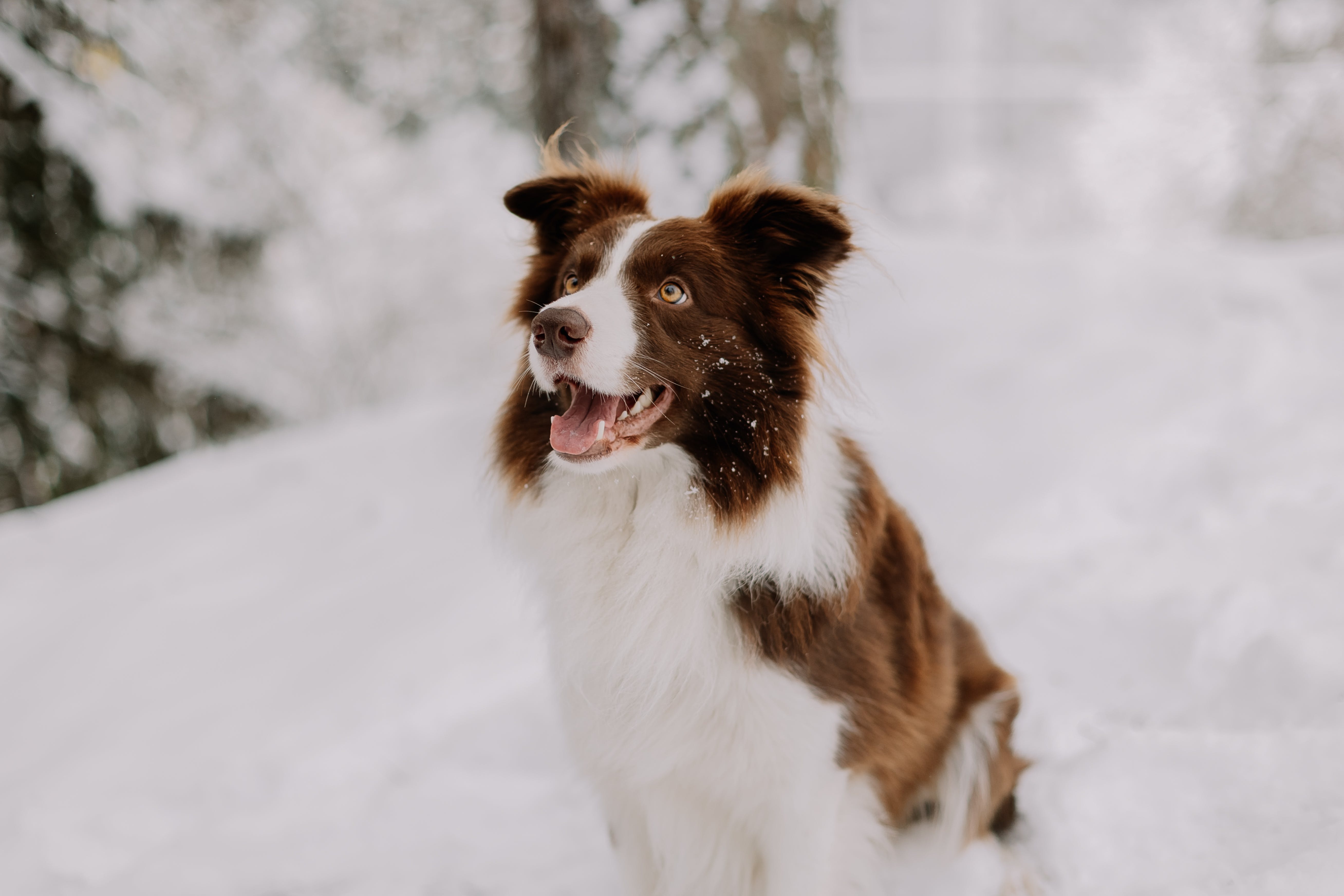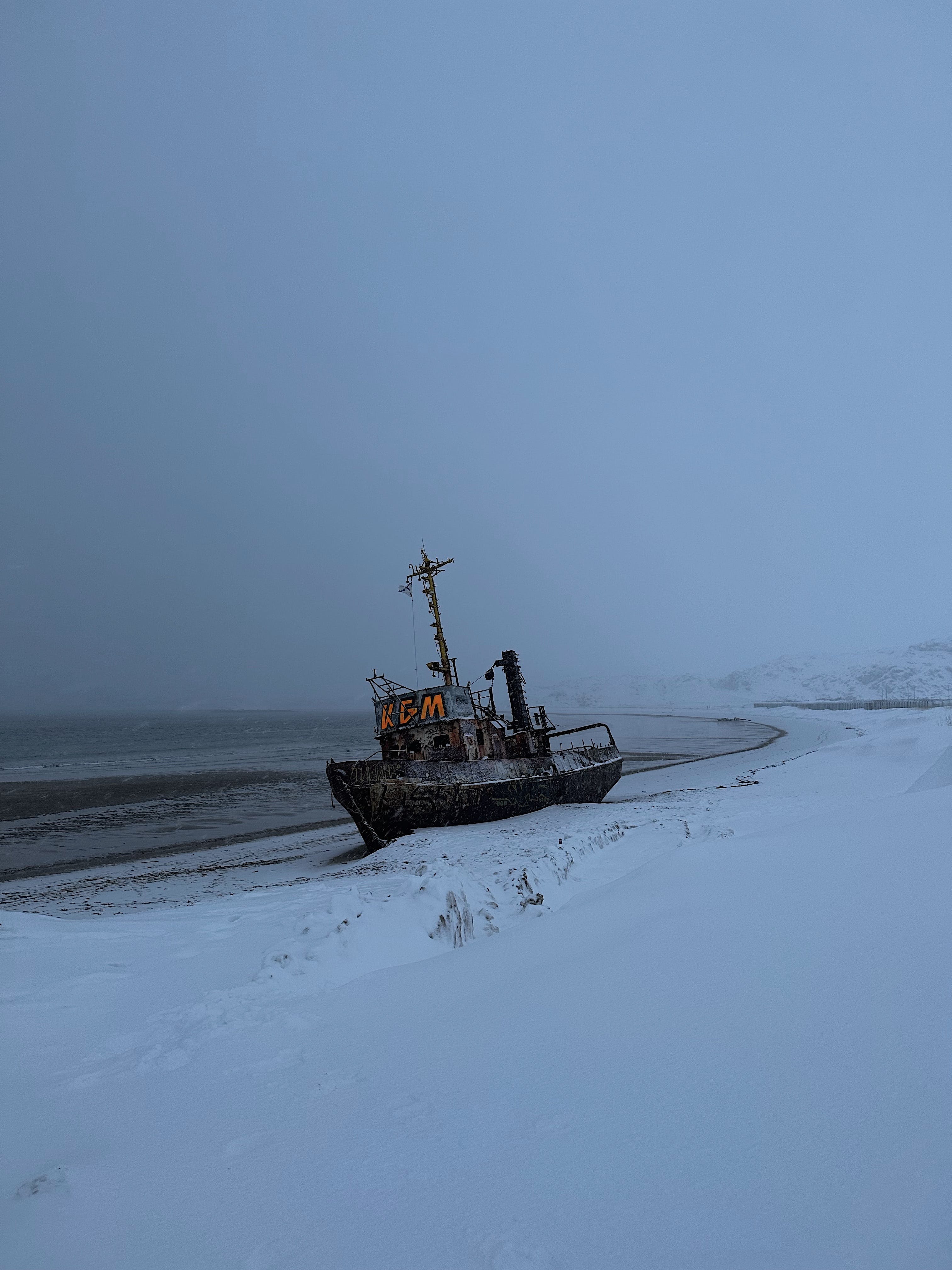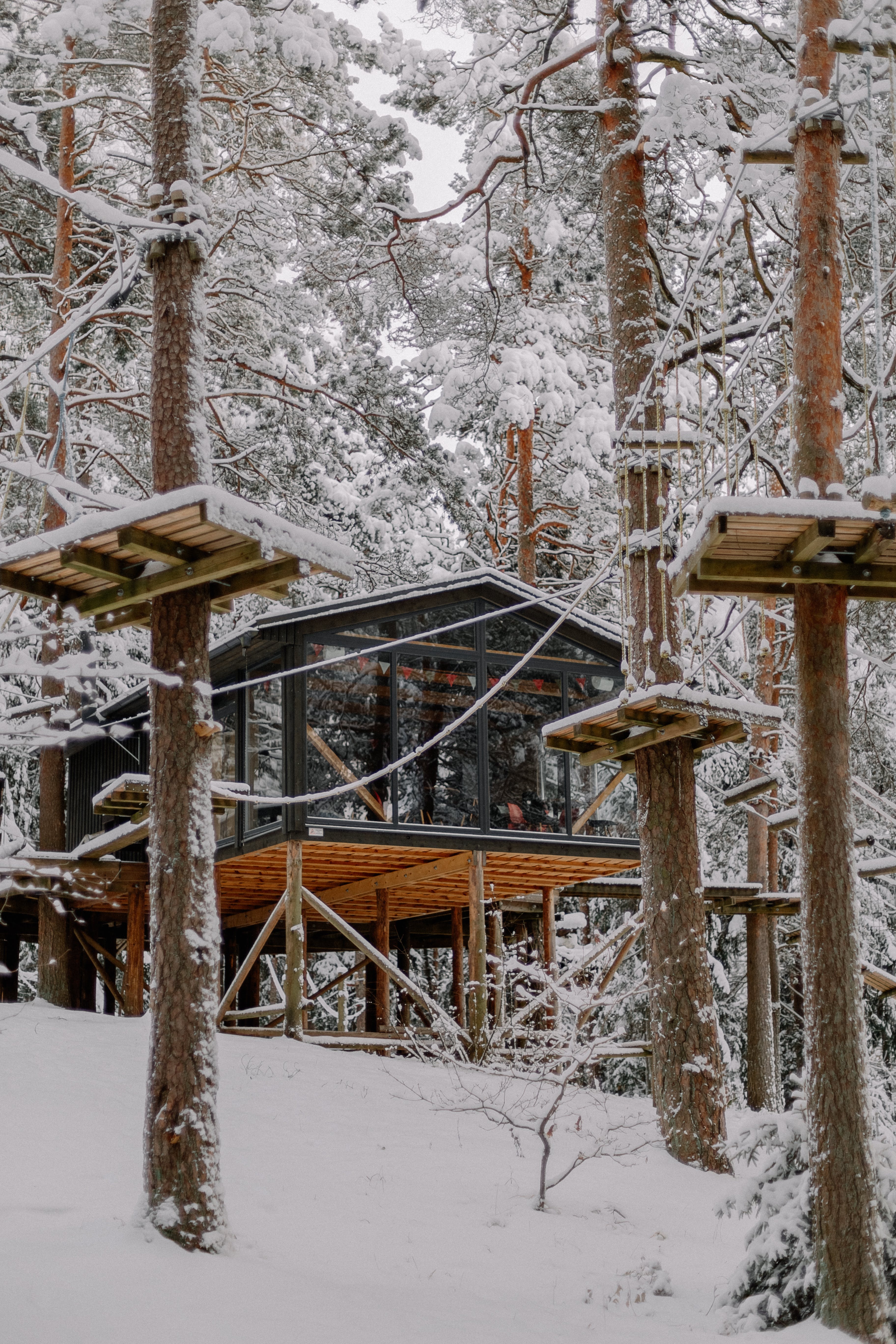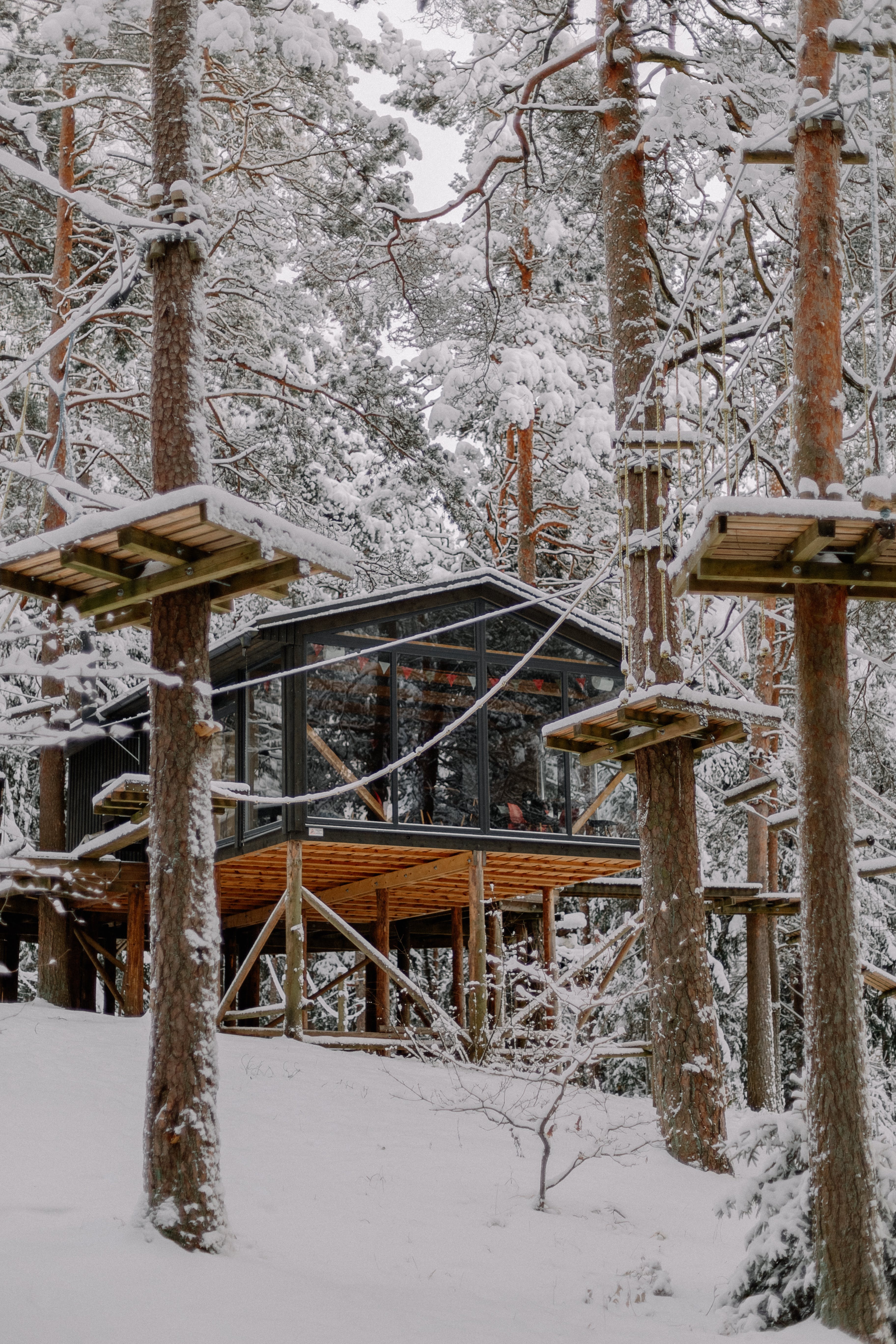Having a snow blower can be a real game changer when it comes to dealing with snowy weather. However, nothing is more frustrating than trying to start your snow blower and having it refuse to cooperate. In this article, we will explore some common issues that can cause your snow blower to not start and provide some friendly troubleshooting tips to help you get back on track. So, if you’re experiencing some startup issues with your snow blower, don’t worry, we’ve got you covered!
Troubleshooting Common Issues with a Snow Blower
If you’re having trouble getting your snow blower to start, don’t worry! This article will guide you through the most common issues and provide solutions to help you get your snow blower up and running again.

Snow Blower Will Not Start
When your snow blower refuses to start, there can be several potential causes. Let’s look at some of the most common issues and how to troubleshoot them.
Fuel Problems
One of the first things to check when your snow blower won’t start is the fuel. Start by checking the fuel level in the tank. If it’s empty, simply fill it up with fresh fuel.
Next, check the fuel valve to ensure it is in the open position. If it’s closed, opening it should allow the fuel to flow properly.
Inspect the fuel line for any signs of damage or blockages. A clogged fuel line can prevent fuel from reaching the engine, causing the snow blower to fail to start. If you find any issues, replace or clean the fuel line as needed.

Ignition Problems
If the fuel system is not the issue, the problem may lie with the ignition system. Start by examining the spark plug. A worn or damaged spark plug can prevent ignition. Replace the spark plug if necessary.
Check the ignition switch to ensure it’s in the “on” position. If it’s off, turning it on should solve the problem.
Inspect the starter cord for any damage. A frayed or broken cord may need to be replaced.
Ensure the safety key is properly inserted. If it’s not, the snow blower will not start.
Examine the ignition coil for any signs of damage or wear. A faulty ignition coil can prevent the engine from starting. Replace it if necessary.
Carburetor Problems
A malfunctioning carburetor can also be the culprit behind a snow blower that won’t start. Check for the following issues:
- Clogged carburetor jets can obstruct the fuel flow. Clean or replace the jets to resolve the problem.
- A dirty or stuck float can disrupt the fuel supply. Cleaning or replacing the float may be necessary.
- A blocked idle fuel circuit can interfere with the engine’s starting. Clear any blockages to restore proper fuel flow.
- Make sure the carburetor is properly adjusted. An improperly adjusted carburetor can affect the engine’s performance.
- Check the needle valve for wear or sticking. Replace it if needed.
- Leaking carburetor gaskets can lead to fuel leaks and poor engine performance. Replace the gaskets to fix the issue.
- A faulty fuel pump can hinder the proper delivery of fuel to the engine. If you suspect a faulty fuel pump, replace it.
- Clogged fuel passages can restrict fuel flow and affect the starting process. Cleaning or replacing the passages may be necessary.
- Finally, a damaged or worn carburetor may need to be replaced altogether.

Spark Plug Problems
If you’ve ruled out fuel and carburetor issues, it’s time to focus on the spark plug. Here are some common spark plug problems and how to address them:
- A worn electrode on the spark plug can prevent ignition. Replace the spark plug if the electrode is significantly worn down.
- Check the gap between the spark plug electrodes. An incorrect gap can interfere with the spark. Adjust the gap as needed.
- Carbon deposits on the spark plug can hinder ignition. Clean the spark plug thoroughly or replace it if the deposits are excessive.
- Inspect the spark plug wire for any damage or wear. A faulty wire can disrupt the spark, causing the engine to fail to start.
- An inadequate spark can also be caused by a faulty spark plug coil. Replace the coil if necessary.
- Make sure the spark plug is in the correct heat range for your snow blower. Using a plug with the wrong heat range can prevent proper ignition.
- A cracked ceramic insulator or loose/damaged connection can also result in spark plug issues. Replace the spark plug if you notice any damage or connection problems.
- Overheating the spark plug can lead to failure. Avoid overworking the snow blower or operating it for extended periods without allowing it to cool down.
Oil Problems
While fuel and spark are vital for starting the snow blower, don’t forget about the oil. Here are some common oil-related issues and their solutions:
- Check the oil level in the engine. If it’s low, add the appropriate amount of oil.
- Dirty or contaminated oil can affect the snow blower’s performance. Consider changing the oil if it appears dirty or contains impurities.
- Make sure you’re using the correct type of oil recommended for your snow blower. Using the wrong oil can cause engine problems.
- Inspect for any oil leaks around the engine. If you find any leaks, repair or replace the affected components.
- If the oil filter is damaged or clogged, it may restrict proper oil flow. Replace the oil filter as needed.
- Improper oil change procedures or inadequate oil maintenance can lead to engine issues. Follow the manufacturer’s guidelines for oil changes and maintenance.
- A failed oil pump can result in inadequate oil pressure, causing the engine to fail to start. If you suspect a faulty oil pump, replace it.
- Blocked oil passages can also prevent oil from reaching essential engine components. Clean or replace the passages to resolve the issue.
- Issues with the oil pressure can affect the engine’s ability to start. Consult a professional if you suspect oil pressure problems.
- A blown oil seal can cause oil leaks and prevent proper lubrication. Replace the oil seal if necessary.
Clogged Fuel Line
When the fuel line is clogged, fuel cannot flow freely to the engine, preventing the snow blower from starting. Consider the following possible causes and solutions:
- Dirt or debris blockage can occur in the fuel line. Clean the fuel line thoroughly to remove any obstructions.
- In colder climates, freezing temperatures can cause the fuel line to freeze. Thaw out the fuel line, and consider using a fuel line antifreeze to prevent future freezing.
- A kinked or damaged fuel line can restrict the fuel flow. Replace the fuel line if it’s damaged beyond repair.
- Blocked fuel line fittings can disrupt fuel flow. Check the fittings and clean or replace them if necessary.
- A cracked or perished fuel line may leak fuel or cause blockages. Replace the fuel line if you notice any significant damage.
- A restriction in the fuel line, such as a pinched section, can hinder fuel flow. Straighten or replace the affected portion of the fuel line.
- Water in the fuel line can prevent the engine from starting. Drain any water from the fuel line and consider using a fuel additive to absorb future moisture.
- Ensure that the fuel line is compatible with your snow blower model. Using an incompatible fuel line can lead to starting issues.
- Check the fuel line filter for blockages. Clean or replace the filter as needed.
- Improper fuel line routing can restrict fuel flow. Verify that the fuel line is correctly routed according to the manufacturer’s instructions.
Air Filter Problems
A clean air filter is essential for proper engine performance. When the air filter becomes clogged or damaged, it can hinder the snow blower’s starting process. Consider the following air filter problems and their solutions:
- A clogged air filter can restrict airflow to the engine. Remove the air filter and clean or replace it if necessary.
- A dirty or restricted air filter can also hinder airflow. Clean the air filter thoroughly to remove any dirt or debris.
- Check the air filter for any signs of damage or faulty construction. Replace the air filter if it’s damaged or no longer functions properly.
- Incorrect air filter installation can result in inadequate airflow. Ensure that the air filter is correctly installed according to the manufacturer’s instructions.
- Examine the air filter box for any issues that may impede proper airflow. Repair or replace the air filter box as needed.
- Damage to the air filter compartment can affect the snow blower’s performance. Repair or replace the compartment if necessary.
- Over time, an air filter can deteriorate, losing its effectiveness. Replace the air filter if it’s deteriorated beyond proper functioning.
- Make sure that the air filter is securely attached and not loose or disconnected. A loose air filter can allow dirt and debris into the engine, affecting the starting process.
- Check for any blockages in the air intake system. Clear any obstructions to ensure proper airflow.
- Faulty air filter housing can prevent the air filter from functioning optimally. Replace the housing if needed.
Electric Start Problems
For electric start snow blowers, electrical issues may be behind the start-up trouble. Here are some potential causes and solutions:
- A dead battery can prevent the electric starter from working. Charge or replace the battery as necessary.
- A faulty electric starter motor can also hinder the snow blower from starting. Replace the starter motor if it’s not functioning properly.
- The starter solenoid may fail to engage, preventing the starter motor from turning on. Replace the solenoid if needed.
- Loose or corroded starter connections can disrupt the electrical current. Clean and secure the connections to ensure proper operation.
- A defective power switch can prevent the electric start from functioning. Replace the power switch if necessary.
- Check the fuse for the electric start system. A blown fuse can prevent the system from running. Replace the fuse if needed.
- Inspect the electric start wires for any signs of damage. Repair or replace any wires that are frayed or broken.
- A faulty start switch can disrupt the electric start process. Replace the switch as needed.
- Problems with the ignition key can prevent the electric start system from activating. Make sure the key is in good condition and properly inserted.
- Finally, a failed voltage regulator can cause electrical issues. Consult a professional to diagnose and replace a faulty regulator.
By following these troubleshooting tips and solutions, you should be able to diagnose and resolve the most common issues that prevent a snow blower from starting. Remember to consult your snow blower’s manual or seek professional assistance if you’re unsure about any specific troubleshooting steps or need further guidance. Stay safe and happy snow blowing!

